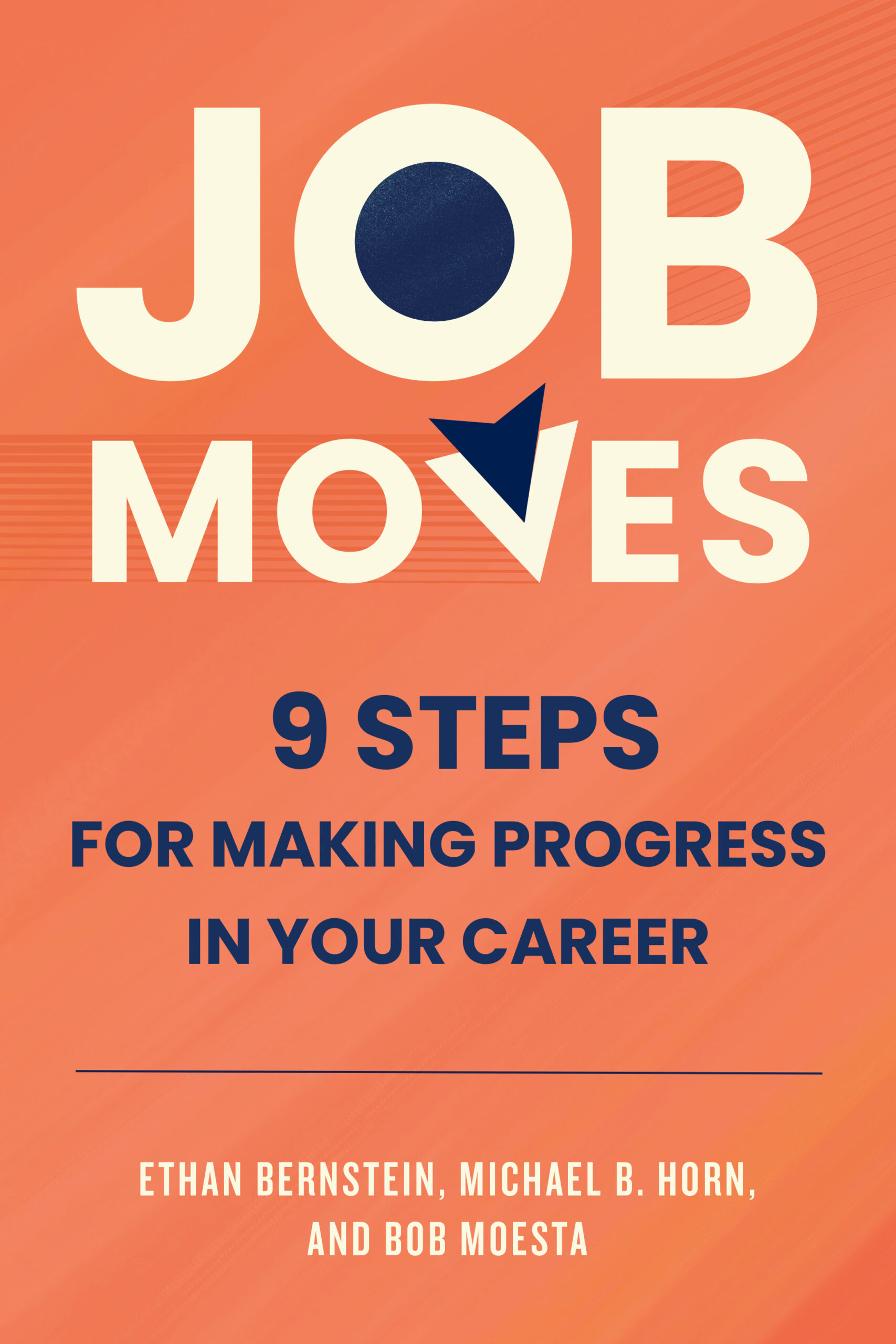Management And The Singularity
This piece was coauthored with Alan Todd, founder and CEO of CorpU, the strategy activation company. He is a former Inc. Magazine/Ernst & Young Entrepreneur of the Year, and entrepreneur-in-residence at the University of Pennsylvania’s Wharton School.
In 2005, two American amateurs, using only their personal computers, won a worldwide chess tournament against a field of supercomputers and grand masters. The two players were seemingly at a disadvantage – possessing both inferior technology and talent. Yet they beat some of the most powerful minds and computers on the planet.
That’s because the amateurs, as Tom Simonite explained in the MIT Technology Review, were experts in another area: collaborating with computers. By knowing when to leverage the technology and when to rely on their own creativity, they developed what Simonite called “a greater combined intelligence.”
The concept called human-machine symbiosis is, in some ways, simple: computers can’t do everything well and neither can humans. Think about a plane’s autopilot. It can make thousands of mid-course corrections at speeds faster than any human. It cannot, however, recognize when it has been given the wrong coordinates as an end point.
It’s an idea with applications far beyond chess, and one that savvy executives should be paying attention to. Today’s performance management tools are failing miserably. Existing enterprise technologies are simply layered on top of legacy management theories. The result is that modern management isn’t really all that modern. Instead of innovation, the tools are often still focused on efficiency and mass production.

0 comments